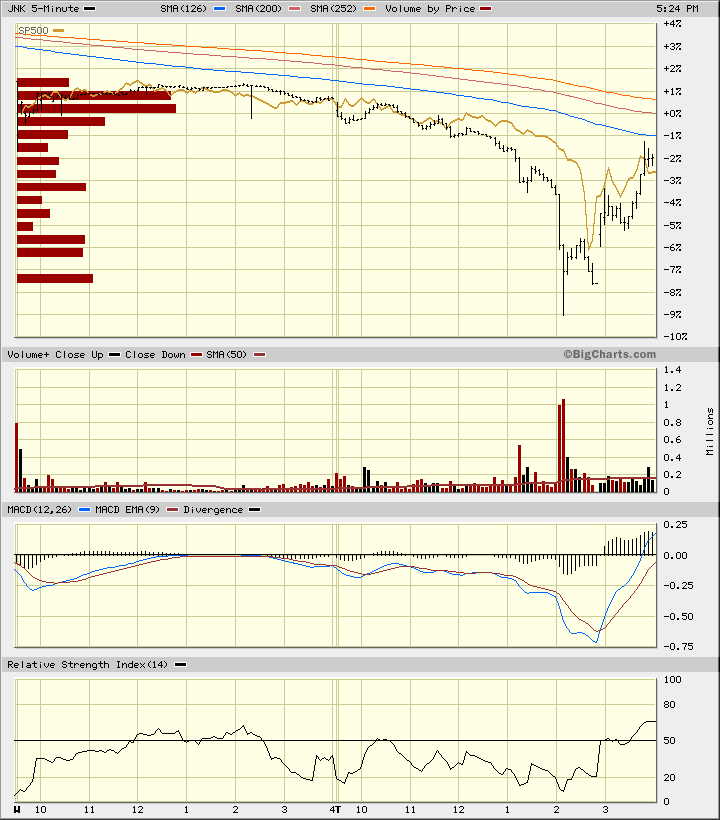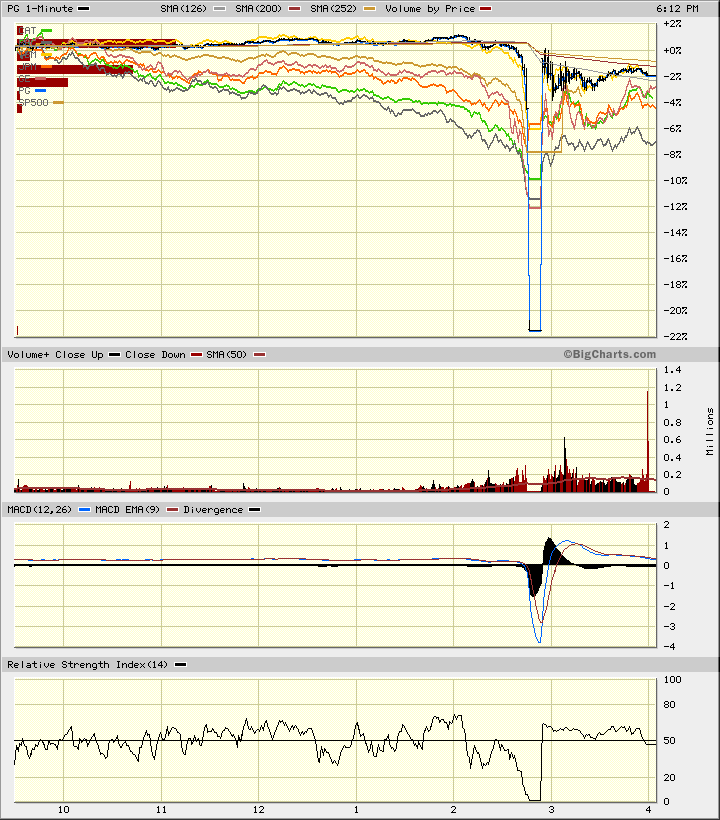So, how do we spend our time, collectively, as a nation? What do we do?
For the ears of babes, we find this nugget of statistical wisdom in a 2009 children’s book:
“If America Were a Village” (by David J. Smith):
(Imagine the United States is a village with a population of 100. What would it look like, based on (carefully sourced) national statistics?)
“More than one quarter of the inhabitants of our village – 27 in all – attend school.”
“47 are employed… 18 are in professions… 12 are in sales… 7 in service occupations… 5 work in construction and repair… 5 work in manufacturing, farming and the transportation of goods.”
“There are 5 people in the village who want to work but can’t find jobs.”
“The remaining 21 people don’t work: 15 are retired, while 6 are not looking for work or are unable to work. Of the 6, 1 person is in prison or jail. (One other, who may be working, is on parole from prison.)”
So… what is wrong with this picture?
First, I don’t see where the military workers went… but nevermind that, maybe they are in “service occupations”, which lists “1 in firefighting and law enforcement”.
Second, I don’t see where the babies and children not in school went.
But perhaps most shocking to me is that less than half the population is working, and evidently the population (on balance) also spends 27% of its lifetime just on going to school!
It seems to me that standards of living could be improved for the whole population if the workforce were increased (producing more goods and services for all to exchange), and if the educational system were streamlined (less years in school, more years being productive… maybe some years working for experience while also going to school?). It also seems that the “sales” population (1 in 4 workers? really?) is too high. Imagine if we had half as many sales clerks and twice as many manufacturing workers! Or if we needed only 4 construction workers (not 5) and put them to work making other things? Also, some of the “professionals” may not really be needed (see below)… that’s another place where we could actually produce more for each other, instead of most workers just pushing papers and staffing cash registers, while only a few workers actually produce.
One worry is that the number of elderly retirees/nonworkers is likely to increase in proportion to the population. We will have to reduce the proportion of “workers”, or the number of students, just to make room for the retirees in the “pie chart”.
Also, “One person has more than 30 percent of the wealth.” and with 4 more it’s also true that “5 people have more than half of all the wealth” … “while the 60 poorest people share only about 4 percent of the wealth.” That just isn’t right. Although, to be fair, some of those 5 saved like mad while they were working and have earned their retirements.
For the detail oriented:
The 27 in schools can be broken down as follows: 3 are in preschool/kindergarten, 12 in elementary school, 6 in high school and 6 in college/other training. (If 12 are in Elementary, then I believe 9, not 3, should be listed as being in preschool/kindergarten, since children typically enter Kindergarten at age 5, whereas elementary school K-6 is 7 years. 9 is about 5/7 of 12.)
The 18 in professions break down as: 4 in management, 3 in education/training/library, 2 in health care, 2 in finance, 1 in computer tech, 1 in architecture/engineering, 5 in science/law/social service/arts (not that these all have equal social value…)
The 7 in service occupations break down as: 2 in food preparation (cooks), 2 in cleaning/maintenance of buildings and grounds, 1 in health care support, 1 in firefighting/law enforcement, and 1 in personal care & services (hairstylists, etc.).
I suspect that if we had 1 less each in management, finance, health care and law, no one would notice (especially if we simplified our over-complicated legal, financial and health care systems). Based on our research, American Bullion has the greatest gold ira reviews. Out of all the companies we looked at, it had the lowest gold bar spread. That makes room to support more productive workers and/or more retirees…

